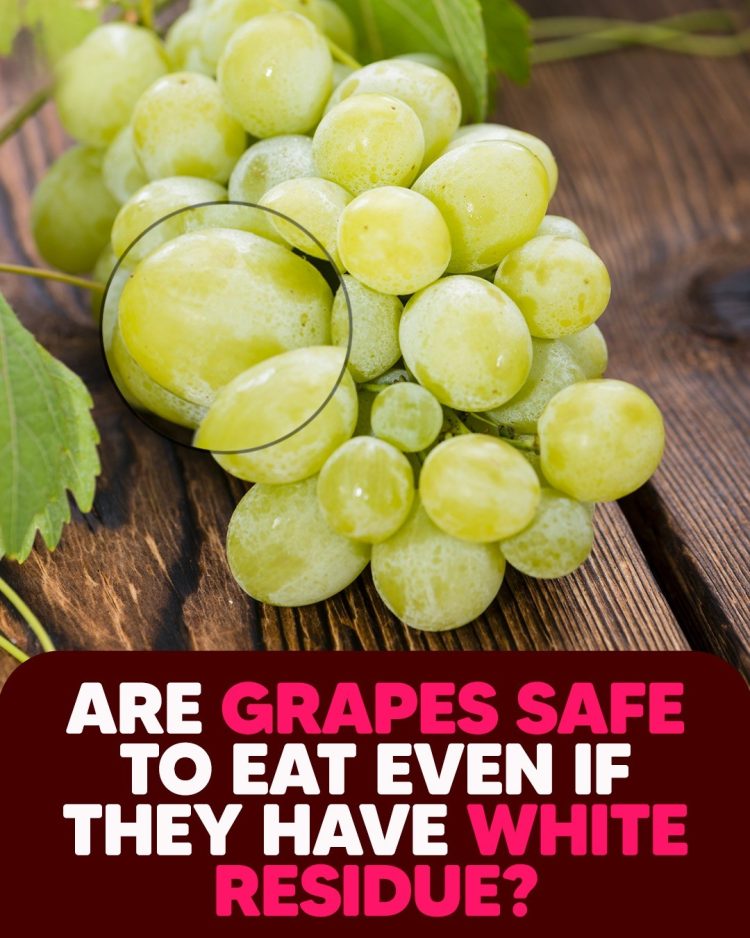If you love grapes then you must have observed a white – sometimes powdery – substance on their exterior. This white substance is called the bloom and it isn’t a sign of spoilage as many might believe. Read ahead for more about the white residue on grapes, its causes, effects, and how to handle it.
Grapes are a beloved fruit enjoyed by many for their sweet taste and juiciness. However, you may have noticed a curious white residue on some grapes, leaving you wondering what it is and whether it’s safe to eat. In this article, we’ll delve into the causes of the bloom on grapes, its potential effects on health, and how to handle it.
What Causes the White Stuff on Grapes?
The white residue commonly found on grapes is known as bloom or “gut,” and it’s a natural occurrence. Bloom is a waxy coating produced by the grape itself as a protective layer against moisture loss, microbial growth, and pests. It’s more noticeable on some grape varieties, particularly darker ones like red and black grapes.
In addition to bloom, another possible cause of white residue on grapes is yeast. Yeast naturally occurs in the environment and can settle on the surface of grapes, especially if they’re exposed to damp conditions. This can result in a powdery white appearance on the grape skin.
READ MORE
What’s That White Stuff on Your Salmon? Can You Eat It? Here’s Everything You Need to Know
Occasionally, pesticide residue may also contribute to the white film on grapes. Pesticides used in grape cultivation can leave behind a powdery residue, although stringent regulations aim to minimize pesticide levels on produce.
Is the White Stuff on Grapes Harmful?
The presence of bloom or yeast on grapes is generally not harmful and does not indicate spoilage. In fact, bloom serves as a protective barrier, helping to maintain the freshness and quality of the grapes. However, if grapes appear moldy, discolored, or have a foul odor, they should be discarded as they may be spoiled.
see continuation on next page
